Five-color sticky rice is one of the traditional dishes of the Tay and Nung ethnic groups in Lang Son. Sticky rice is often made on holidays, New Year’s Eve, and on occasions of mourning and happiness, especially this sticky rice dish is indispensable on the occasion of Thanh Minh Festival. Accordingly, five-color sticky rice has five main colors such as: white, red, black, purple, yellow, or the maker can replace it with green, orange, dark blue… depending on preference.
To learn about the steps of making this unique sticky rice dish, we had the opportunity to visit the family of Mrs. Nguyen Thi Huong, No. 226 Chu Van An Street, Vinh Trai Ward, Lang Son City. While she was busy preparing the ingredients, Mrs. Huong shared: Five-color sticky rice is one of the unique dishes of the Tay and Nung ethnic groups in Lang Son. My family has been making five-color sticky rice for 25 years to sell year-round and according to customer orders. In particular, every year, on the occasion of Thanh Minh Festival, my family makes five-color sticky rice to eat and offer to the ancestral altar. The main ingredients I use to make sticky rice are sticky rice and leaves, tubers, and fruits such as: purple leaves to create purple and dark blue colors, pandan leaves to create green colors, gac fruit to create red colors, and gardenia fruit to create yellow colors for five-color sticky rice. On the occasion of Thanh Minh Festival, my family accepts making five-color sticky rice to serve the needs of many families. Accordingly, from the 15th and 16th of the second lunar month, I started receiving orders for five-color sticky rice. This year, my family received about 60 kg of sticky rice, at a price of 100,000 VND/kg.
To make delicious five-color sticky rice, the maker often chooses yellow sticky rice with large, round, and plump grains. After washing, the sticky rice will be soaked in the juice of leaves, roots, and fruits (pounded or boiled and cooled) for about 10 hours so that the color permeates each grain of rice. After completing all the steps, the maker will put the rice in a steamer and bring it to the stove to steam for about 1 hour. During the process of steaming sticky rice, the maker must use chopsticks to create small holes on the surface of the rice so that the steam spreads evenly, helping the sticky rice grains to cook thoroughly and evenly.
Ms. Nguyen Thi Huong, Vinh Trai ward, Lang Son city, soaks sticky rice.
For five-color sticky rice, the maker can steam it separately or mix it together. Because it is colored entirely from natural plants, tubers, and fruits, the color of the sticky rice will hardly fade when cooked. When cooked, five-color sticky rice still retains its beautiful color, has the fragrant aroma of sticky rice, and the cool, rich taste of leaves, tubers, and fruits. Usually, sticky rice is eaten with peanut salt to enhance the flavor, creating an attractiveness for the dish. When eating five-color sticky rice, the diner can clearly feel the flavors of the ingredients blended together.
According to the ancient concept of the Tay and Nung ethnic groups in Lang Son, five-color sticky rice is made up of five colors, symbolizing the five elements of yin and yang, and the solidarity of the ethnic groups. Each color has its own meaning, for example, green represents the desire for peace, the color of the vast mountains and forests, the vast sky and earth; white symbolizes purity, originality, sincerity; red is the desire to live, the spirit of solidarity; yellow represents prosperity, abundance, and prosperity; purple represents faithful, steadfast, and eternal love... For that reason, on holidays and New Year's, especially the Thanh Minh Festival, many families in the province make five-color sticky rice to display on the ancestral altar to show their respect and gratitude to their ancestors.
Ms. Tran Thi Hieu, Tan Long Street, Van Quan Town, Van Quan District said: Since I was a child, my grandmother and mother taught me how to make five-color sticky rice. Later, when I became a daughter-in-law, every year on the occasion of Thanh Minh Festival, I made this sticky rice dish for my family members to enjoy, especially to worship my ancestors. Making five-color sticky rice is not difficult but requires many elaborate steps, passed down from generation to generation, containing many cultural values, so I make this five-color sticky rice dish almost every year.
Five-color sticky rice is offered to ancestors by the Tay and Nung ethnic groups in Lang Son on holidays, New Year, and happy occasions to show the respect of descendants to their ancestors. The sticky rice is fragrant, soft, sweet, and rich but not greasy, and can be eaten with sesame salt, pork, or chicken, making it very delicious and flavorful. If you have the opportunity to visit Lang Son, especially during the Thanh Minh Festival in the third lunar month, do not miss the opportunity to enjoy this unique five-color sticky rice dish.
Source: https://baolangson.vn/xoi-ngu-sac-dac-san-am-thuc-cua-nui-rung-xu-lang-5042474.html


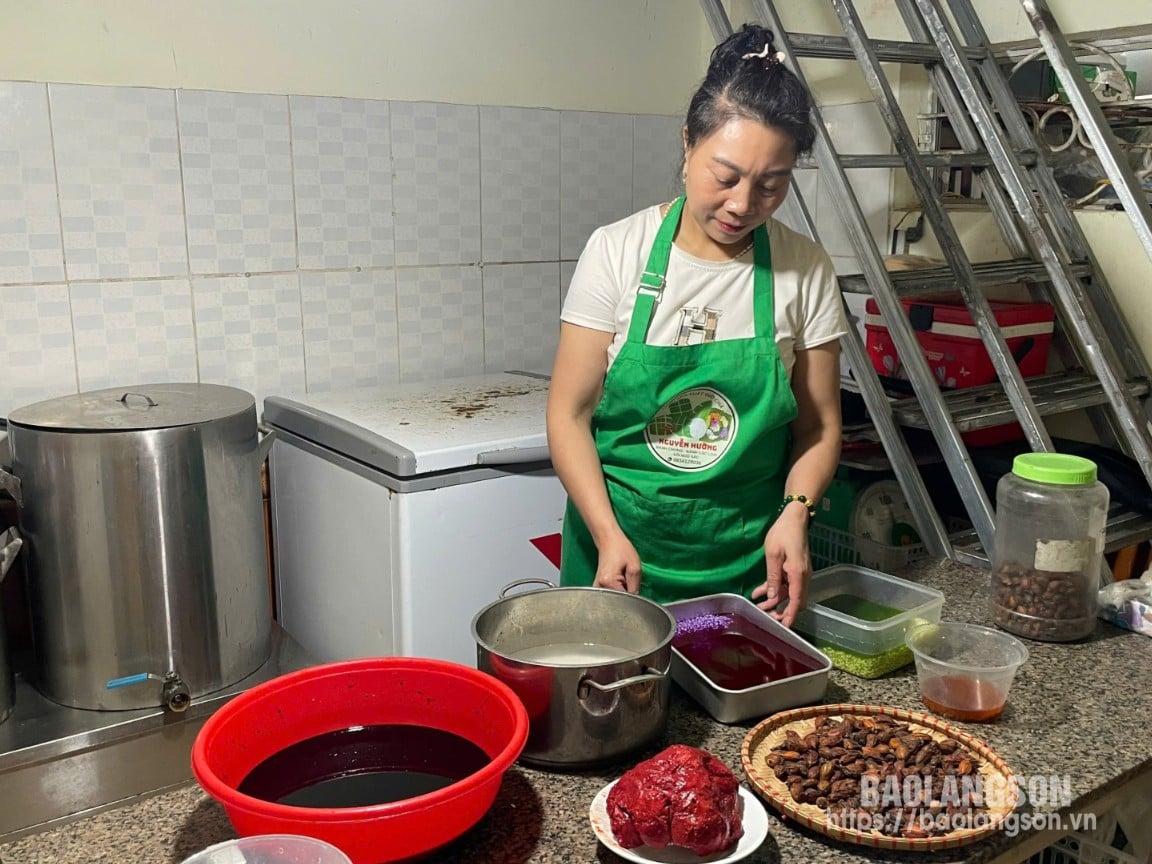


![[Photo] Prime Minister Pham Minh Chinh receives CEO of Standard Chartered Group](https://vstatic.vietnam.vn/vietnam/resource/IMAGE/2025/4/2/125507ba412d4ebfb091fa7ddb936b3b)
![[Photo] General Secretary To Lam receives Russian Ambassador to Vietnam](https://vstatic.vietnam.vn/vietnam/resource/IMAGE/2025/4/2/b486192404d54058b15165174ea36c4e)

![[Photo] Prime Minister Pham Minh Chinh receives Deputy Prime Minister of the Republic of Belarus Anatoly Sivak](https://vstatic.vietnam.vn/vietnam/resource/IMAGE/2025/4/2/79cdb685820a45868602e2fa576977a0)


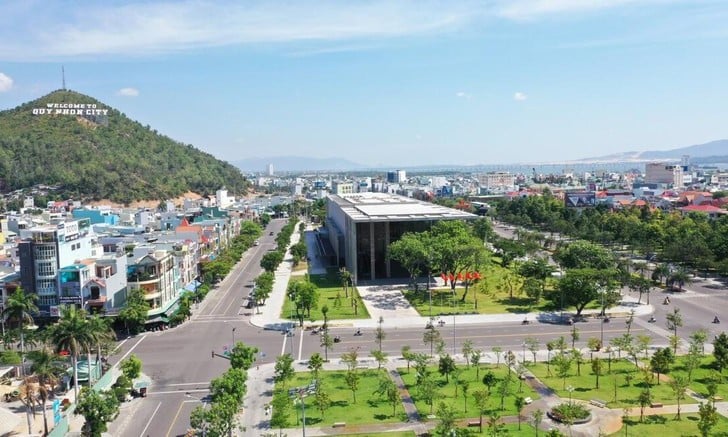
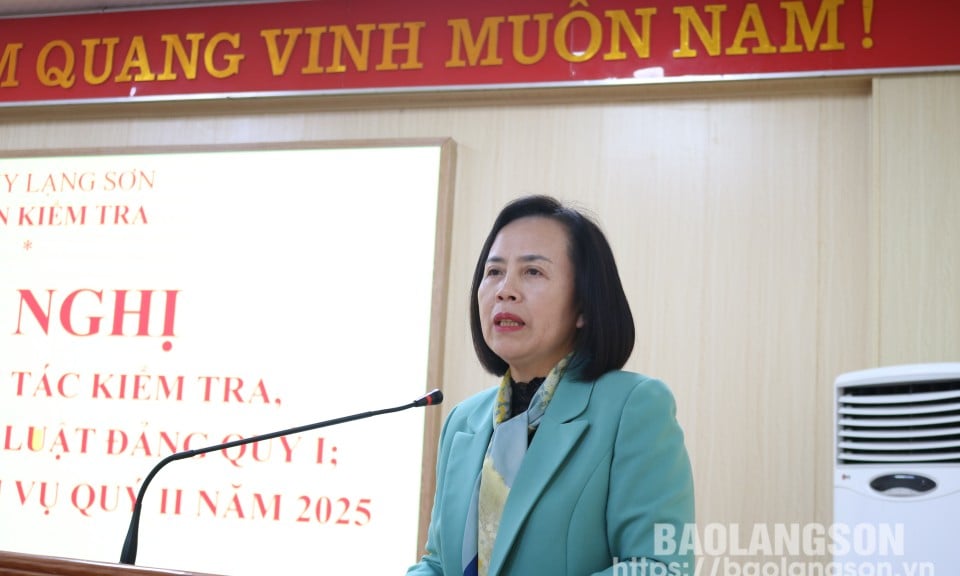

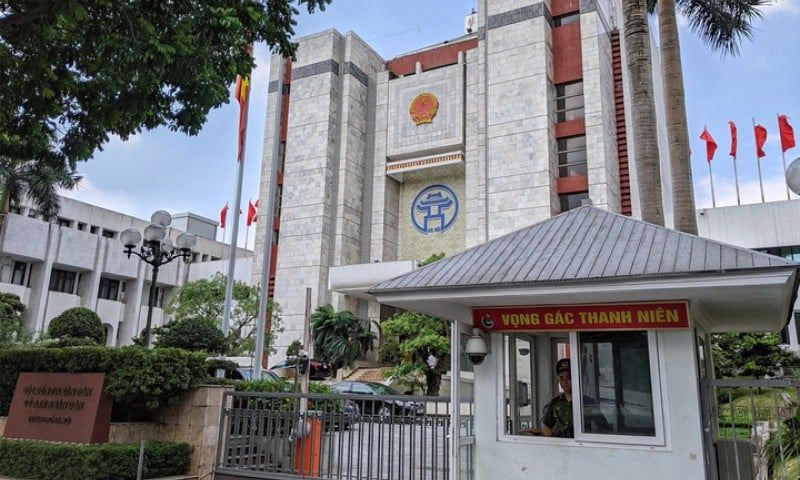

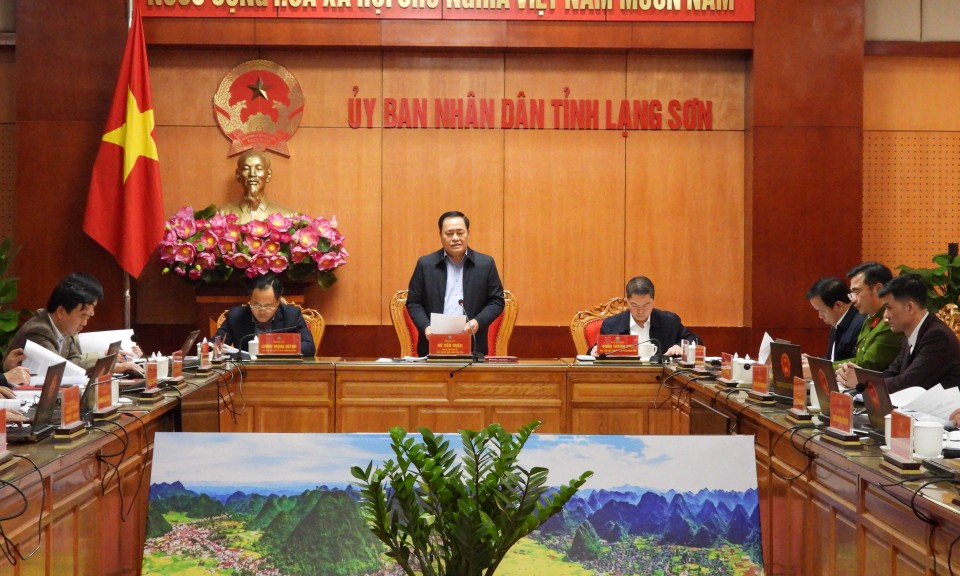
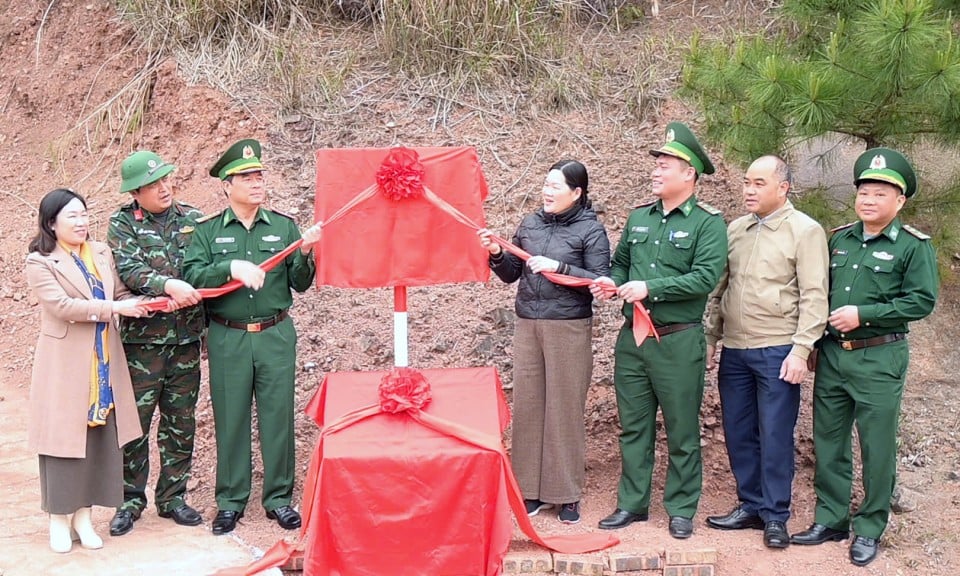
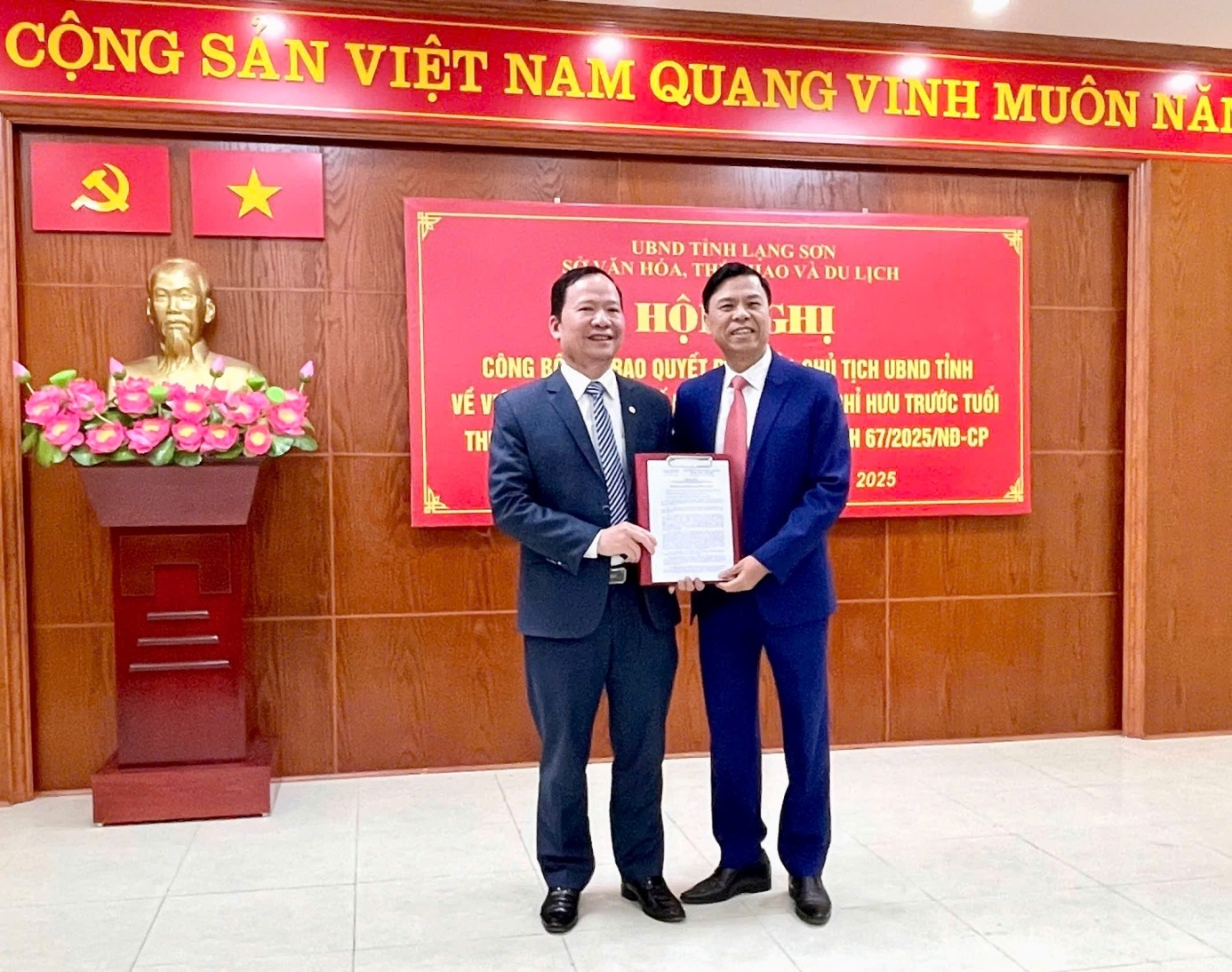

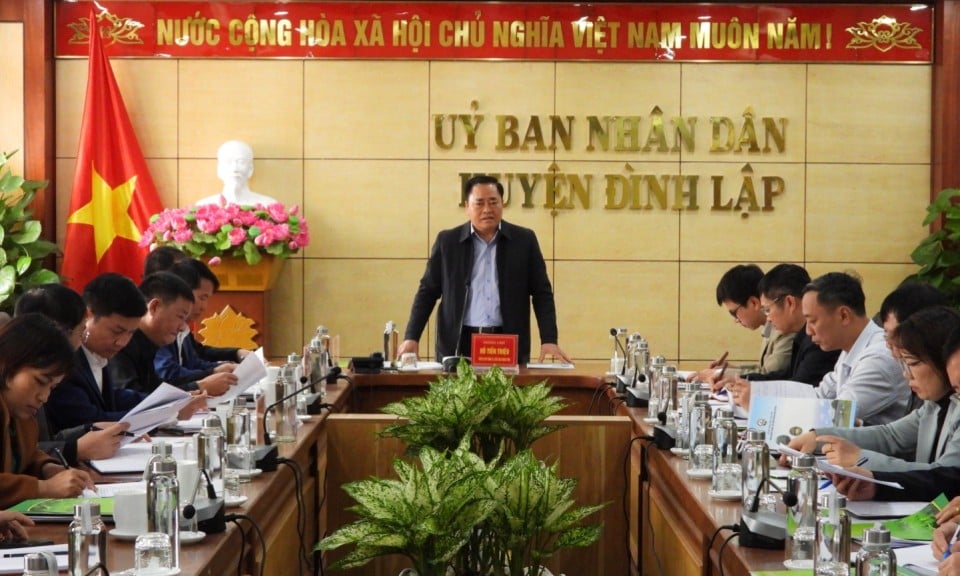
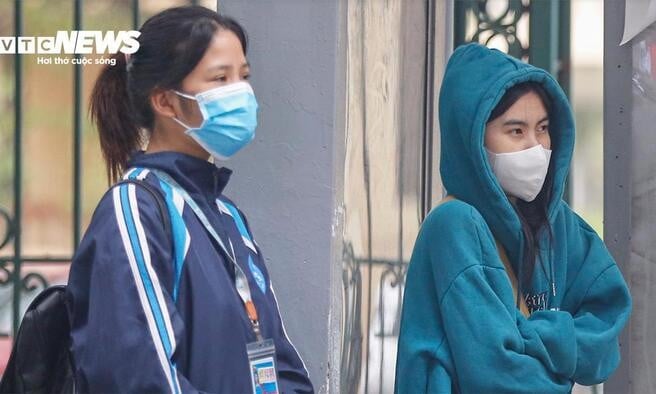




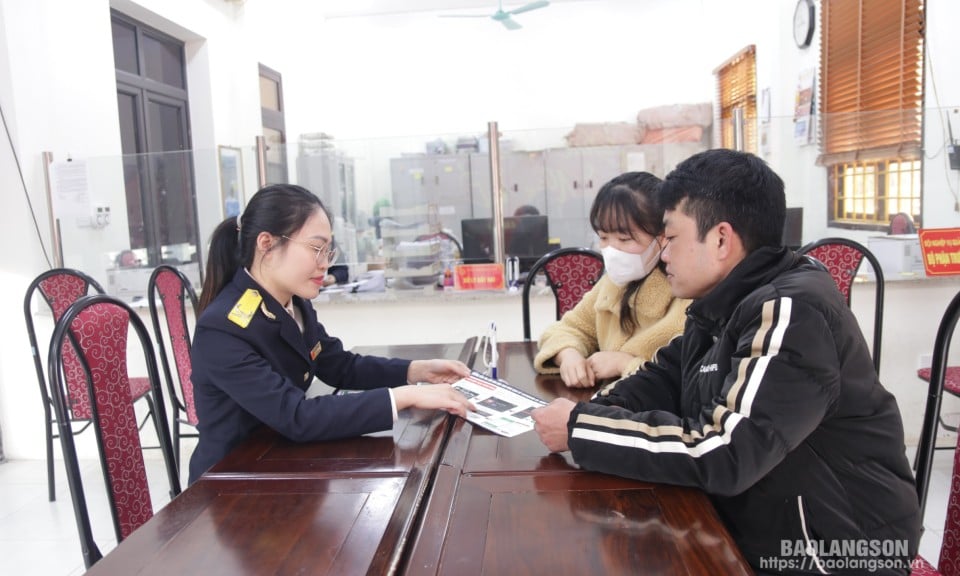

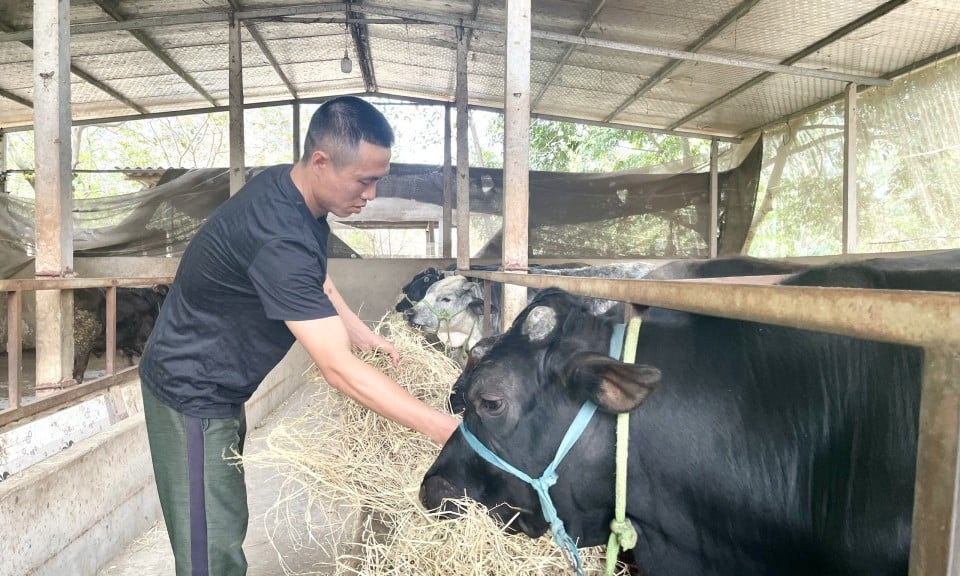
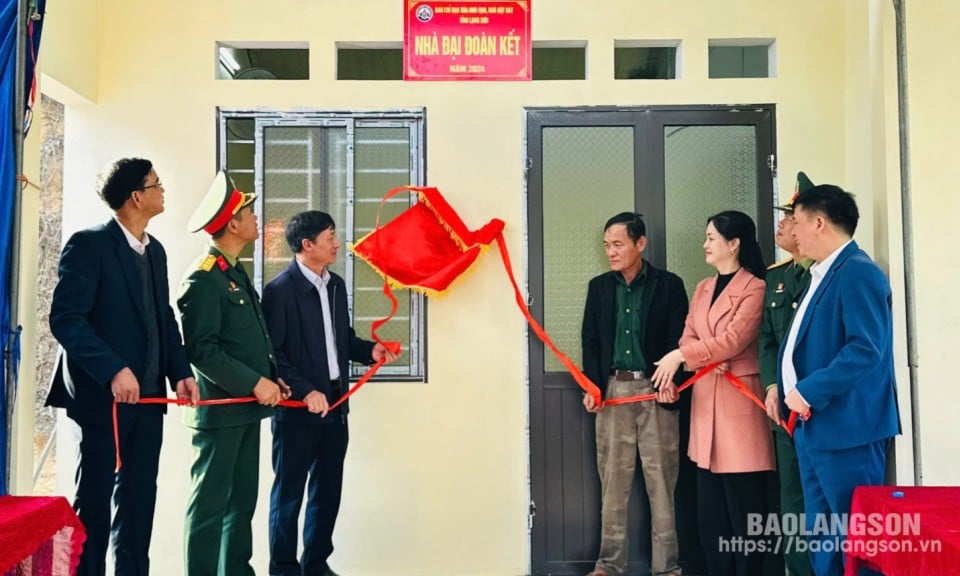
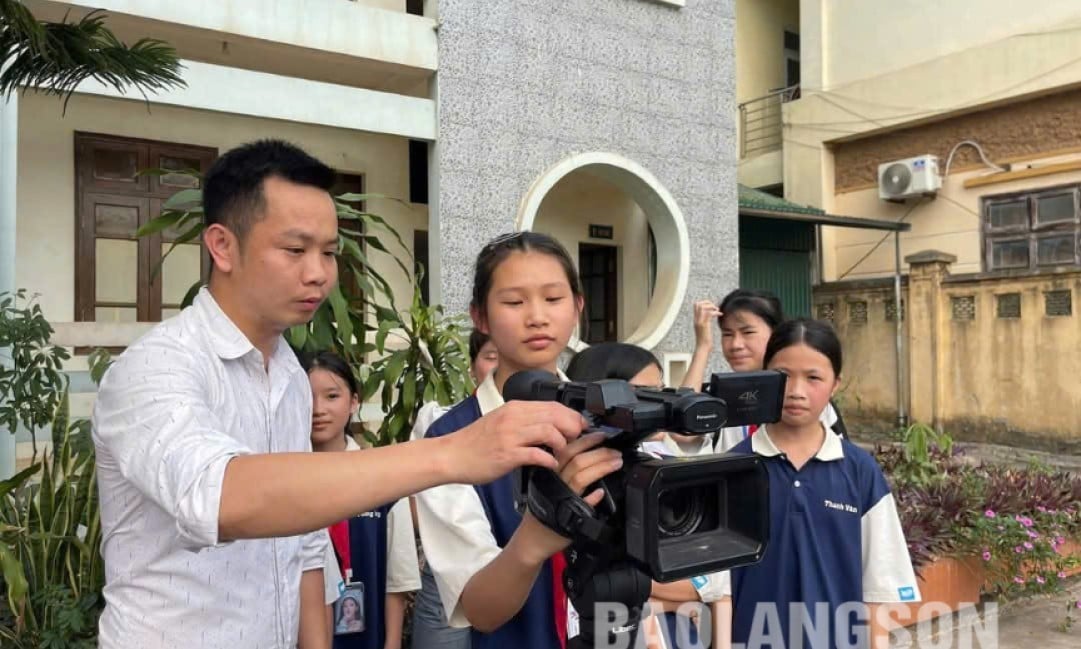
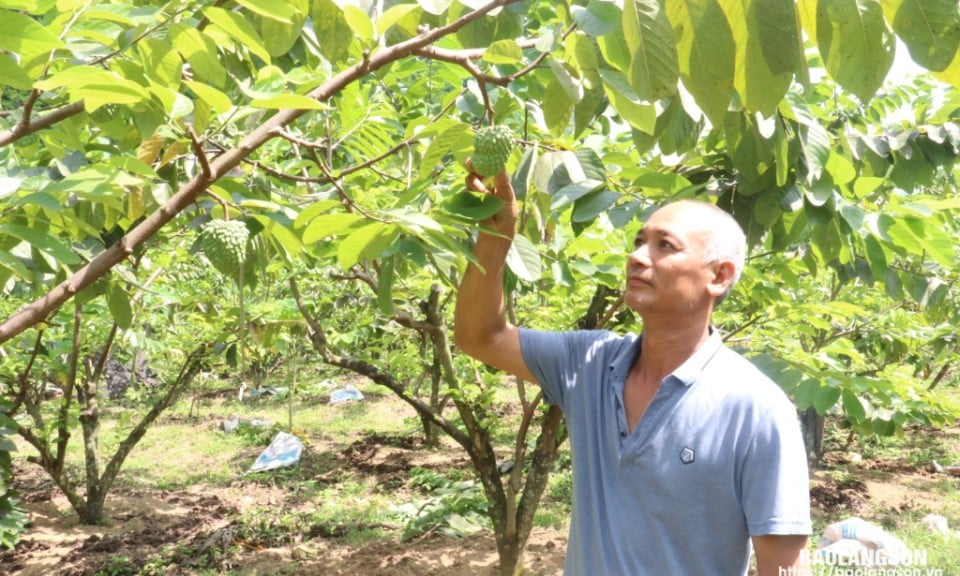







































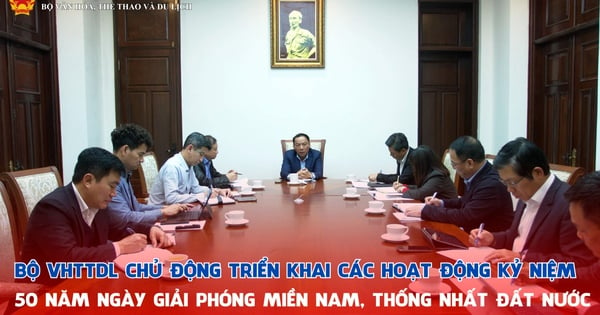

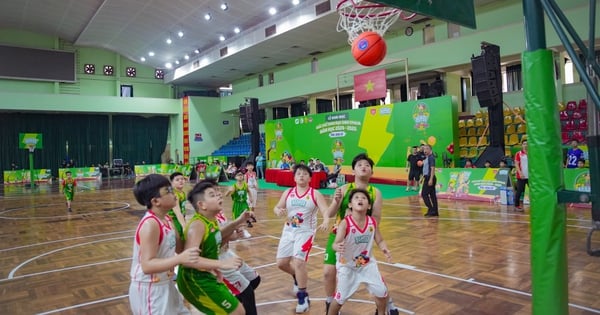




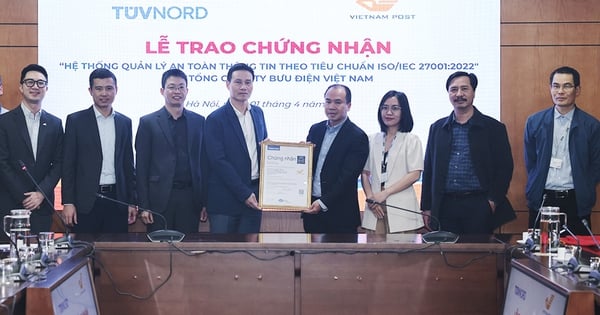

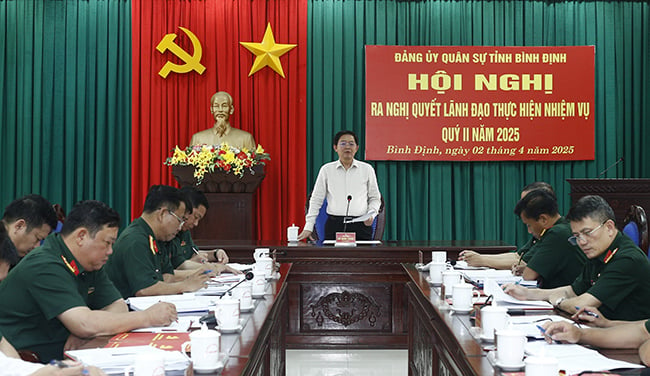
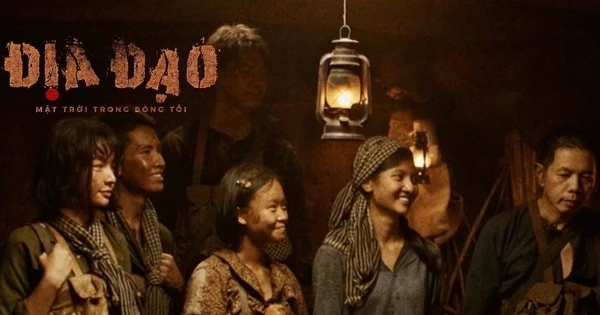


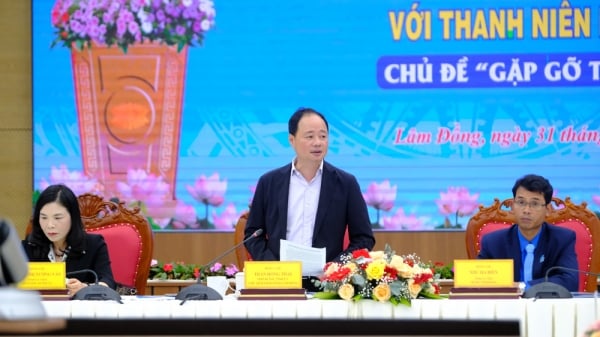













Comment (0)